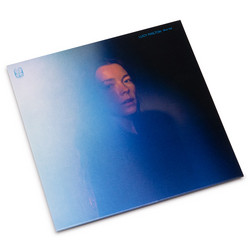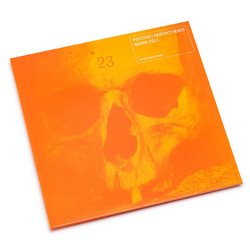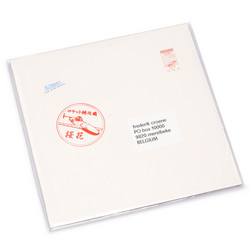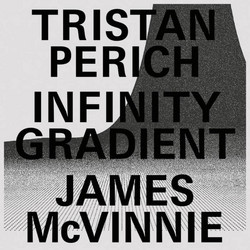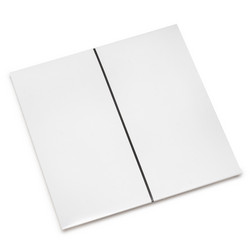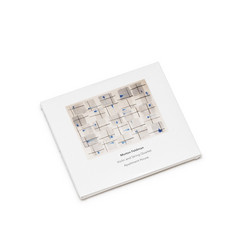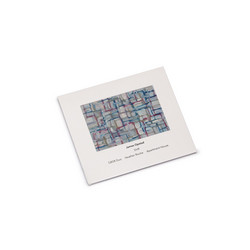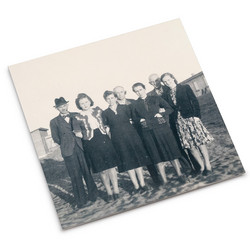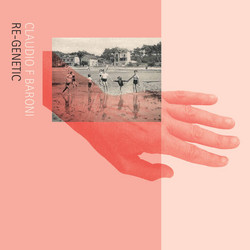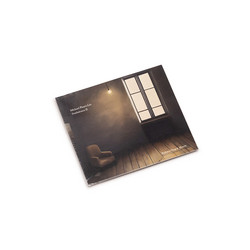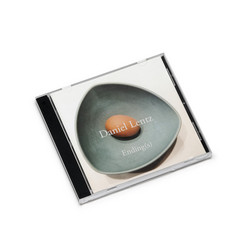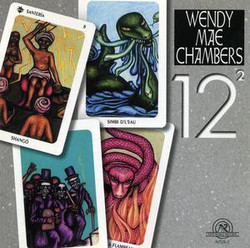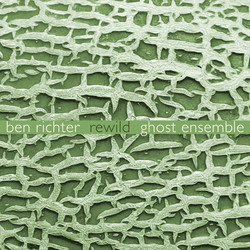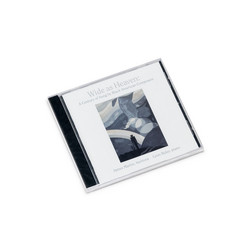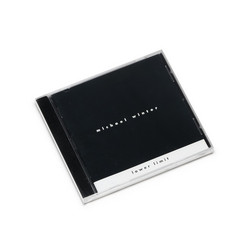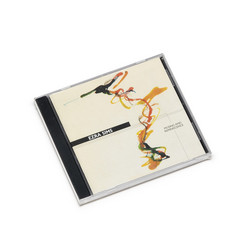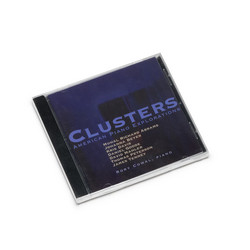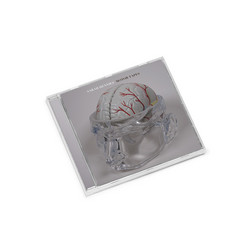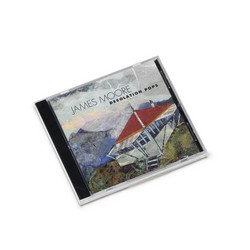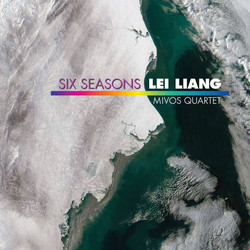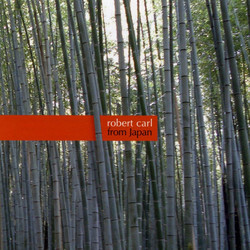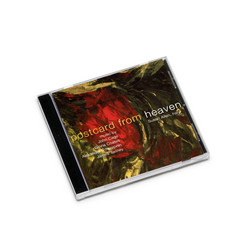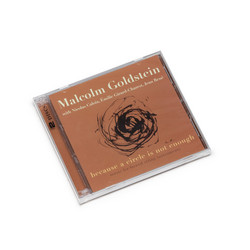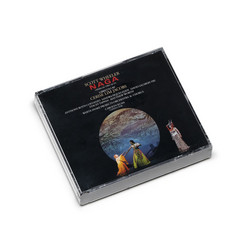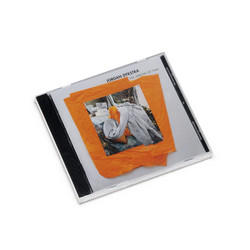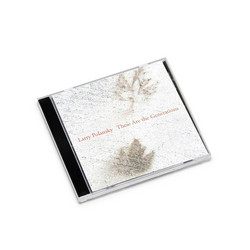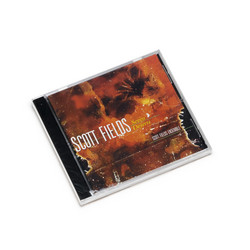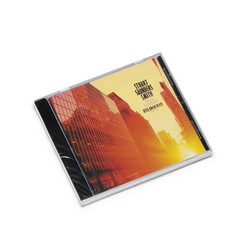Radiolorians (2018) finds Pisaro-Liu drawing inspiration from another gifted observer of this world-in-variation, the German zoologist, naturalist, and philosopher Ernst Haeckel (1834–1919), who promoted and popularized evolutionary thought via extensive monographs and artful renderings of insects, animals, sea creatures, and embryos. For Radiolarians, Pisaro-Liu creates what he terms “transcriptions” of individual radiolaria species depicted in Haeckel’s drawings.
Radiolarians comprises fourteen compact pieces, each derived from a specific species of radiolaria and ranging in duration from one to nine minutes. Each piece features a mixture of harmonic, melodic, and noise elements corresponding roughly to the structures of each radiolaria, where pitched elements serve as tonal spines unfolding in time as well as spatially within the ensemble, and noise elements capture the twitches and undulations of the protozoic bodies contained therein.
Pisaro-Liu’s inventive transcriptions are brought to life in this sensitively performed and masterfully recorded actualization by the Muzzix ensemble, whose balance of technological and acoustic elements reincarnate the fragile balance of the crystalline and amoebic in audible form. Across a spacious fifty-three-minute performance, the radiolarians appear more or less serially as in Haeckel’s illustrations, providing the listener opportunity to experience in musical time the heterochronic reverberations and anticipations of recurring organizing forces, such as the stringing together of notes in languid melodies or the surge and retreat of waves. The ensemble’s heterogeneity and seamless blending of technological and traditional elements recapitulate anew the sense of enmeshed temporalities and a cross-cutting of the natural, cultural, and mechanical in Haeckel’s monographs.










